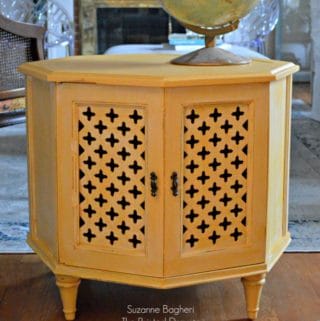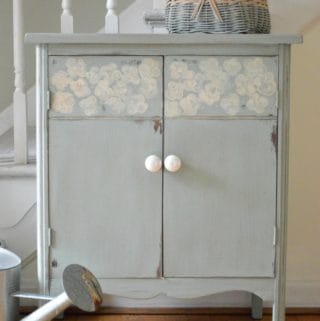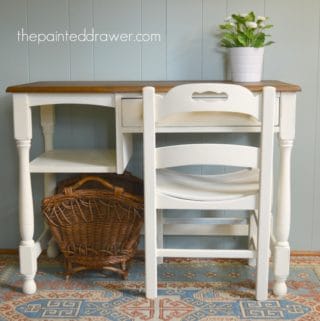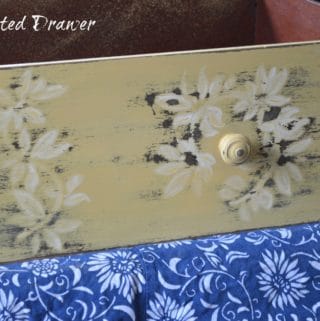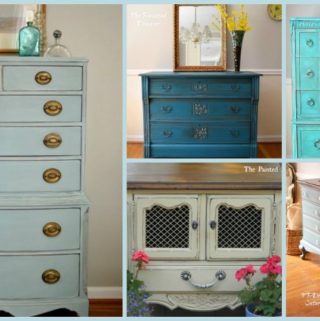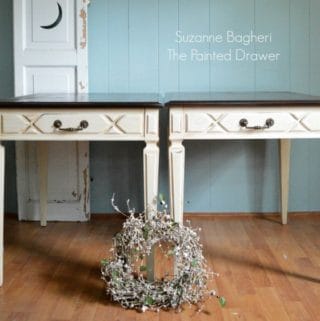“Eco-friendly” might be a buzzword today, but it’s undoubtedly a fantastic investment. When your home uses less gas and electric and converses more water, you can benefit from lower energy bills. Plus, an eco property is more likely to add value because it’s what 21st-century buyers want nowadays.
Of course, you can’t take advantage of these benefits without understanding why your home fails to hit the mark. Once you analyze its weak points, then you can tweak them and ensure they aren’t weak any longer.
With that in mind, below is a selection of the most common reasons why properties fail the eco-friendly test.
DIY
Yes, doing it yourself might seem like a good idea at the time, yet the costs in the long-term very much outweigh the money you save in the short-term. Any feature of your home might be wasteful if you don’t have the experience or expertise for the job. That’s why it’s essential to call a local electrician and ask for their advice. Aside from the knowledge they bring, electricians also take care of the jobs that are too dangerous for laypersons. The same goes for a plumber and any task that’s too risky or complicated.
Appliance Settings
Once you buy a fridge or a washing machine and tumble dryer combo, you leave it to do its business. However, there’s nothing to say that either of these appliances is on the right settings to save energy. They might be on the max rating, which is going to guzzle electricity like there is no tomorrow. Until you fix the settings, the power they waste will never be offset by alternative methods. With that in mind, you should consult the manual and check which setting is in the sweet spot regarding using the least amount of electricity while remaining functional.
Energy Leaks
Imagine the scene; your central heating system is belting out heat, yet you still feel chilly. Why? It’s because draughts are letting in cold air and negating the hot air emitted from the radiators. As well as being counterproductive, it’s incredibly inefficient too. After all, you are burning energy and not feeling the benefit. Plus, you have to use more to combat the chill in the air. The only option is to locate the sources of the leaks and plug the gaps. The best place to start is the entry points, such as doors and windows, as they might not have been correctly fitted.
Unnatural Materials
There has never been a bigger choice of materials from which you can choose when it comes to decorating. But, if you want to be eco-friendly, then you must pick carefully. Paints with VOCs and fake hardwood options don’t fit the bill. It would be best if you had paints with zero emissions and real hardwood. Then, there won’t be any VOCs to turn into ozone, and the likes of bamboo will absorb CO2 and release oxygen, lowering your home’s footprint.
Do any of these issues apply to your property?
Please note that some of the links above and below are affiliate links, and at no additional cost to you. All opinions are my own.


